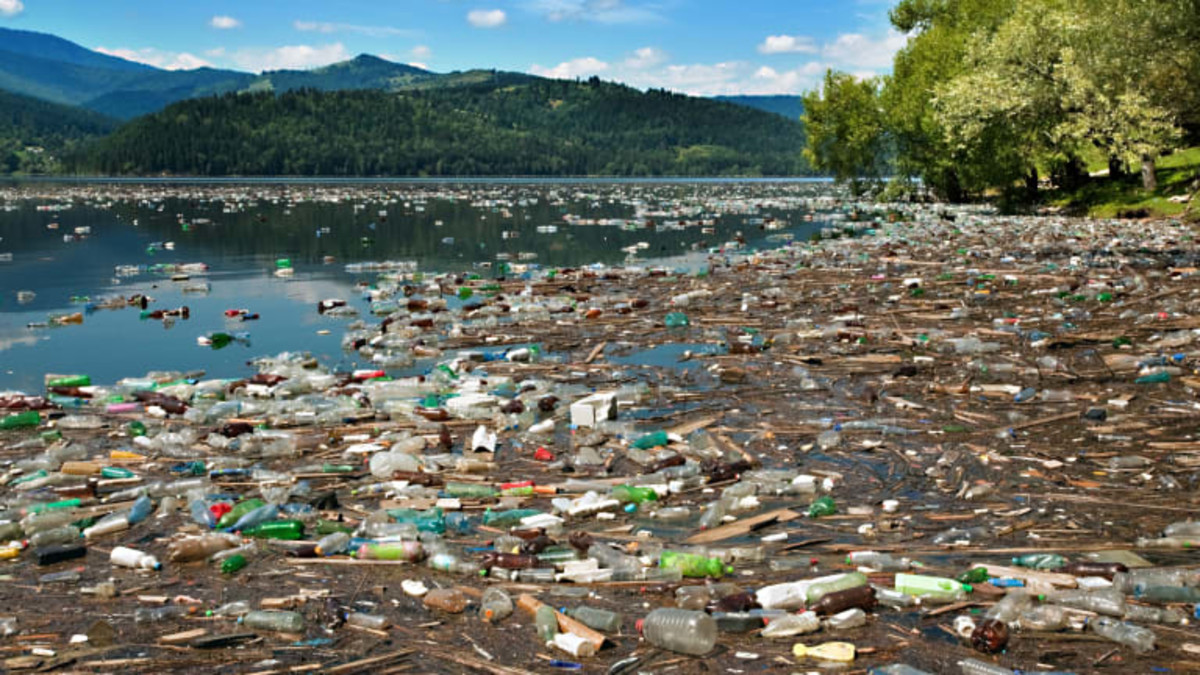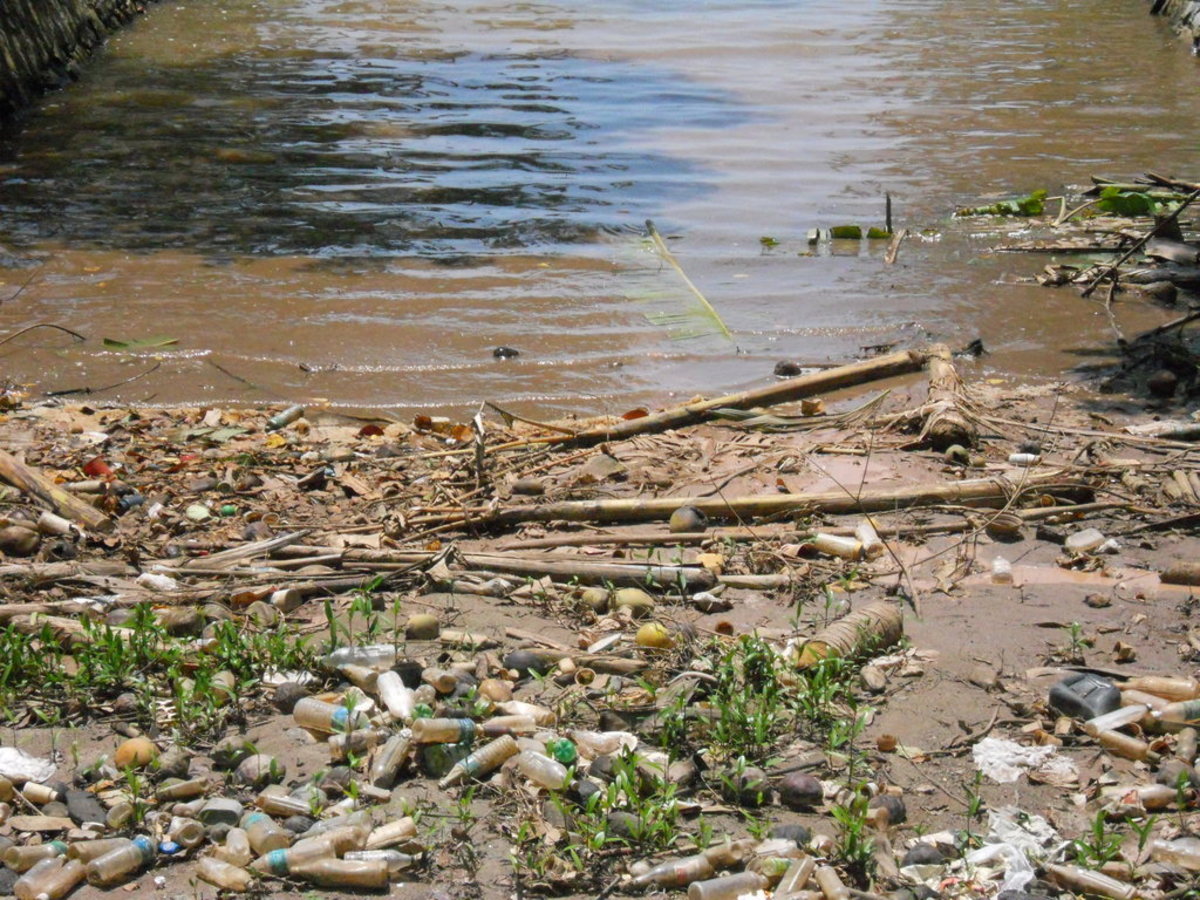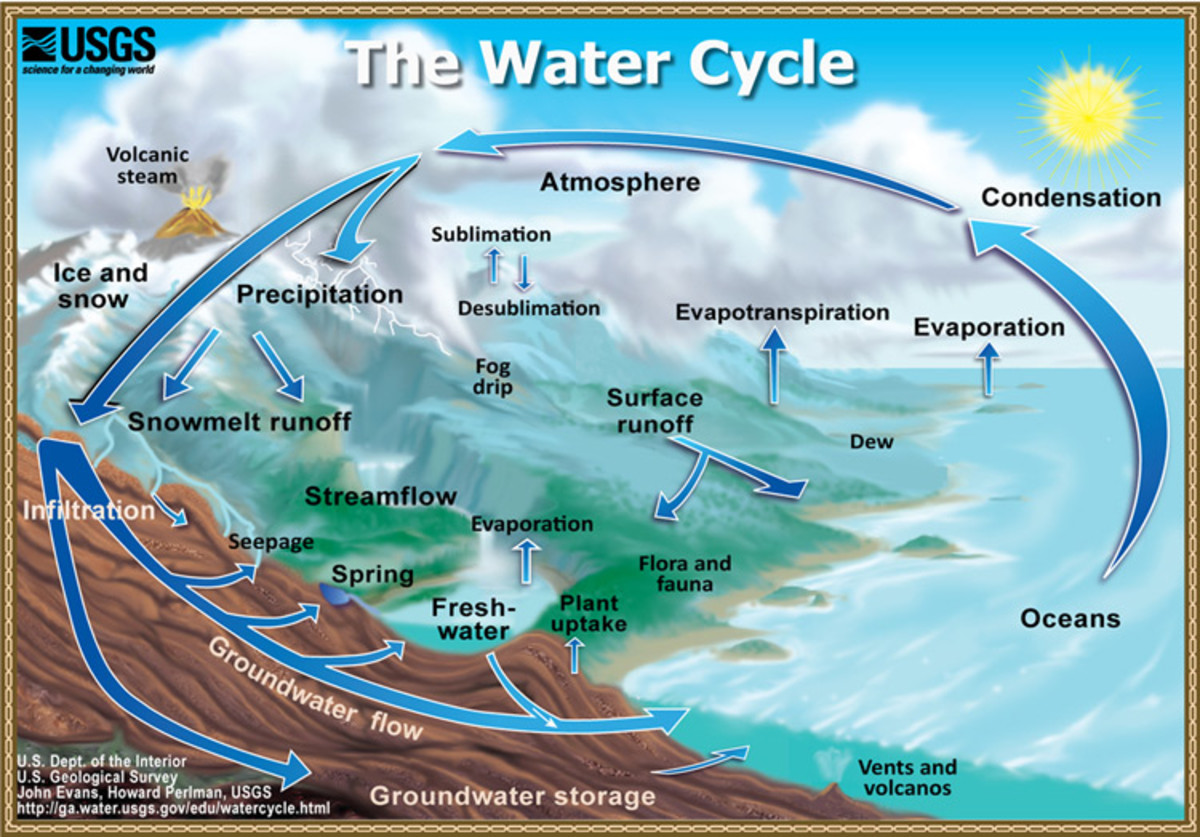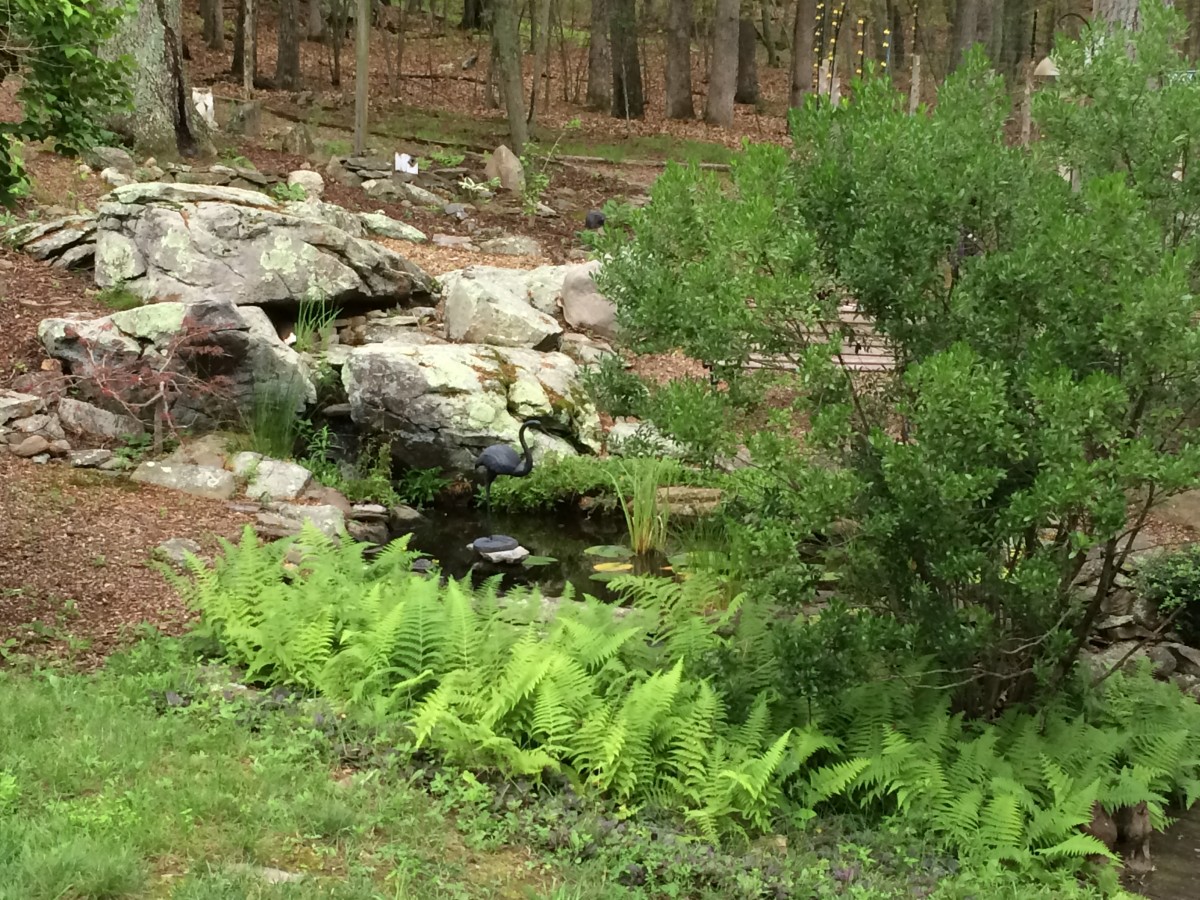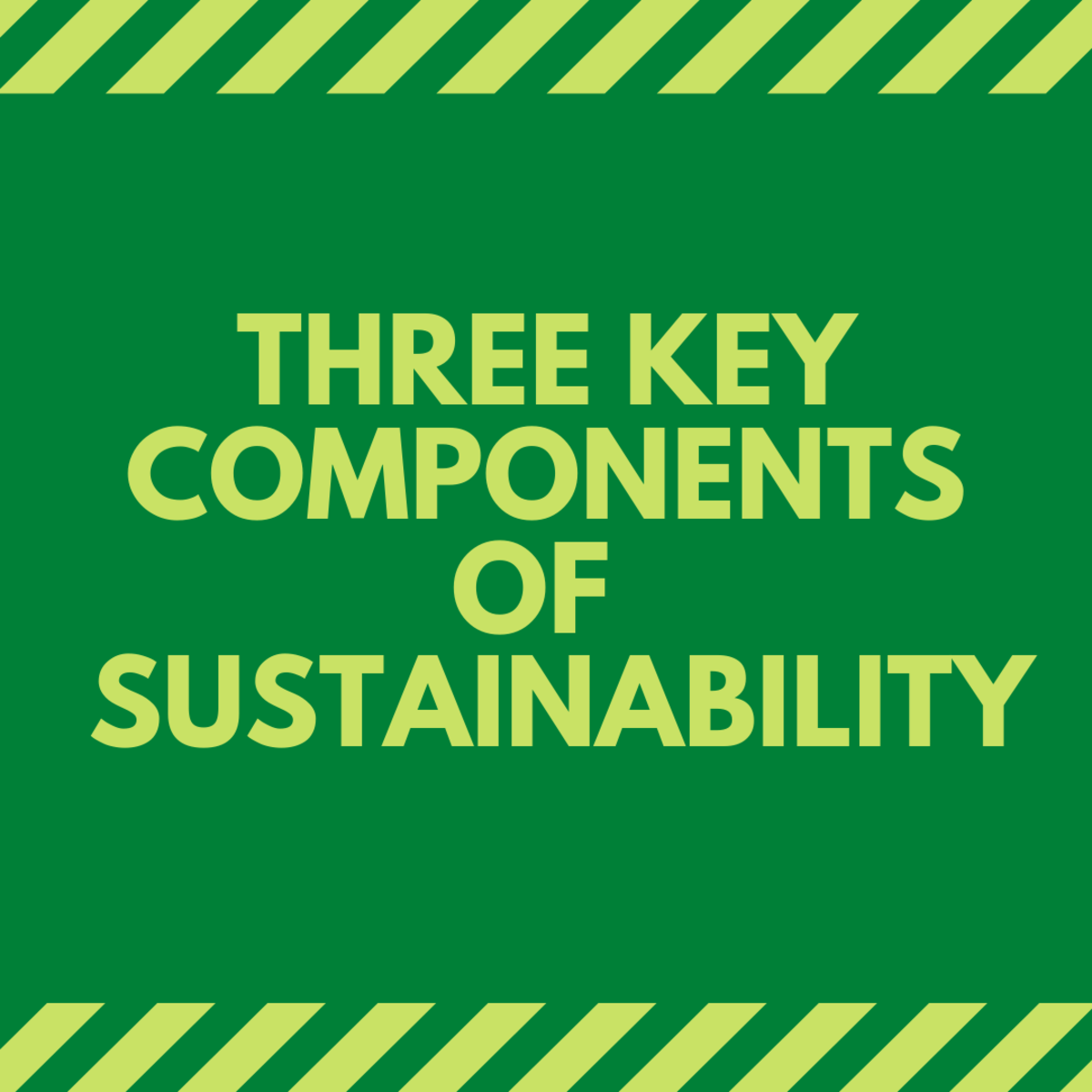Water Woes: Three Ways to Solve the Water Problems of Today
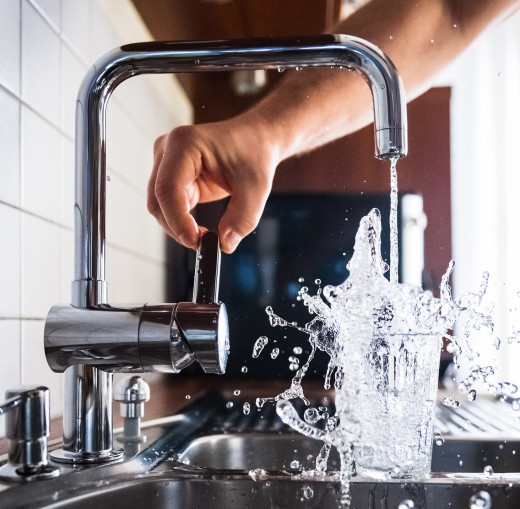
As the population grows, development pressures increase and we must ask ourselves the question: Do we have the natural resources available to support the needs of the communities that we are building today? Furthermore, we need to ask ourselves a more pointed question: Can we sustain the communities that we already have with the current infrastructure over the long term? The fact of the matter is that many communities around the United States today are facing water shortages and other issues which are a result of poor planning, resource depletion, and waste. Many parts of the country are under drought conditions and have been for a number of years or even decades.
The effects of climate change are profound and in some cases, rivers have dried up leaving people with little choice but to drill down into the aquifer to get their water. However, even communities that rely on groundwater are finding it harder and harder to maintain this resource as they are having to drill down further and further to find water. It has been said that in the future wars will be fought over water and not over oil. So what can we do to combat this problem?
The reality is that there are actually a number of solutions to this problem that are both cost-effective and practical. When you think of the hydrologic cycle and the hydrosphere, the water-bearing sphere of the Earth, there's actually plenty of water available for current and future human use. The problem is not in water quantity, however, it is in how we are using, or in some cases not using, the water that is available to us.
In this article, I am going to focus on three ways that we can practically and realistically address the water shortage problems facing our nation today.
Stormwater, The Last Untapped Natural Resource
What happens when it rains? You get stormwater runoff. What happens to most stormwater runoff? It either seeps into the ground or ends up in streams and rivers which eventually make it to the ocean. In urbanized areas, most stormwater is sent away never having much opportunity to soak in to the ground where it could replenish the aquifer. Storms come in all shapes and sizes. Some storms produce great flooding - this is a problem of too much water! Herein lies a potential solution to our water woes.
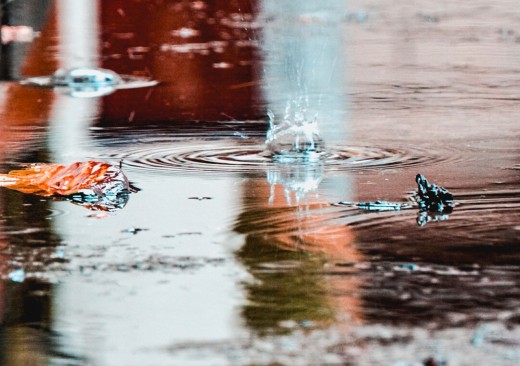
Stormwater is sometimes referred to as the last untapped natural resource. This is for good reason. As the nation industrialized, the philosophy for dealing with rainwater tended to treat stormwater as a nuisance rather than as a resource. When new developments and projects got built, they would capture the water and put it into pipes so they could get it away from the property as quick as possible. Stormwater was a problem and the designers of big projects only sought to get rid of the water so it wouldn't flood the new buildings and parking lots.
Southern California had a habit of doing this for decades. They would pave the new streets and parking lots, build new buildings, and construct massive storm drain systems and concrete channels to get rid of the water. All of the stormwater that came after a rainstorm just ran off and eventually ended up in the ocean instead of recharging the aquifer. Eventually, the aquifer began to run dry and anyone relying on wells or groundwater now had a problem on their hands. This is precisely the situation we are seeing today.
All of the groundwater disappeared. Interestingly enough, the volume of stormwater that is sent to the ocean annually is basically equivalent to the amount of water needed to recharge the aquifer to sustain the existing population.
The moral of this story is that stormwater needs to be treated as a resource rather than a nuisance. Water that comes directly from rainfall can be captured and stored for use on site. There are a number of cities that have already realized this. New regulations are slowly making their way onto the books to ensure that new developments make the best use of stormwater as possible. In fact, even in the desert Southwest, you have cities like Tucson, Arizona where they mandate stormwater reuse and water harvesting techniques for new site development.
Application of these ideas has already been proven to work. There are even businesses that can operate solely on stormwater without any need to connect to a municipal source. Even with as little water rainwater that falls in the desert, they're able to make use of this "new" resource. Harvesting rainfall and preserving stormwater as a resource can go a long way to reversing our water problems.
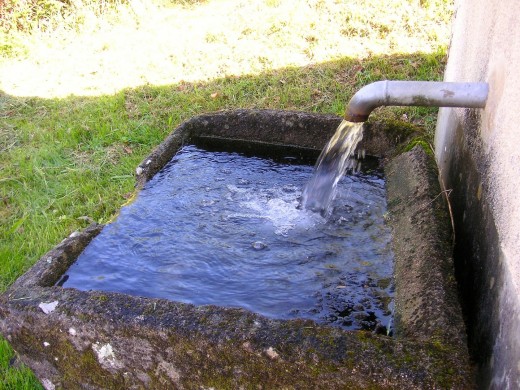
Grey-Water Reuse
Cities all across the nation spend millions of dollars to construct water treatment facilities to treat river water and groundwater to drinking water standards. The water is filtered and chlorinated before it is sent out for distribution ultimately reaching each and every home in America. The ironic thing is that most water for home use is actually used to water plants, lawns, take showers, and wash clothes. These kinds of activities do not necessarily require the water to be treated to drinking water standards. In other words, we're spending millions of dollars to clean water unnecessarily in most cases. This creates waste. Furthermore, water can often be used more than once before it needs to be treated again. The current practices ensure that every drop of water can only be used once. In addition, fairly clean water is often send out to waste water treatment plants.
Instead of treating all of the water to high standards only for most of it to be dumped on the ground again (or end up back in the wastewater stream), it's time to think about how we can reuse the water that is needed in households across America.
Grey-water is water that comes from our washing machines and our showers. It may not be safe to drink, however, when the right detergents are used and alternate plumbing systems are installed, this water can be used to water thirsty plants. Grey-water can also be used to flush toilets as well. In this way, you will essentially be using some of the water twice which should reduce your water usage significantly. If grey-water reuse technology were required in new homes (and for old home renovations), we could potentially cut water usage in America by 50% or more in just a few decades. Imagine how much more water we would have available to us if grey-water reuse systems became the norm.
Implement Large-Scale Atmospheric Water Generators
The truth is that water is all around us all of the time in the air that we breathe. Pretty much all habitable climates have some amount of water in it. By implementing water generating techniques, water can be condensed right out of the air and transformed into a resource that can be used to supply the needs for homes and businesses.
In addition, atmospheric water generators can be run on solar power. Furthermore, large-scale water generators can be constructed to utilize the same land that solar facilities already exist on without occupying any additional land to pull water from. Solar panels that also condense water vapor have already been invented and are in use in other countries.
Another technology already in use in South America are billboards that triple as atmospheric water generators and water towers. The generated water is stored within the billboard structure much like how a water tower stores water for a small town or community. When needed, the water can be released and delivered to users without the need for pumps or electricity.
On the small scale, water generators for home or office use are already for sale today. You can purchase one to supply an endless amount of water to drink (as long as you have an energy source). Perhaps the refrigerators of tomorrow could implement this technology so that neither a municipal connection nor a personal well is needed to have clean, healthy water ready for drinking at a moment's notice.
© 2018 Christopher Wanamaker

